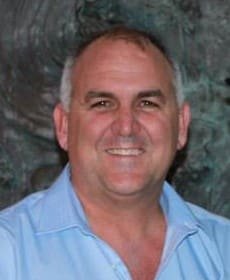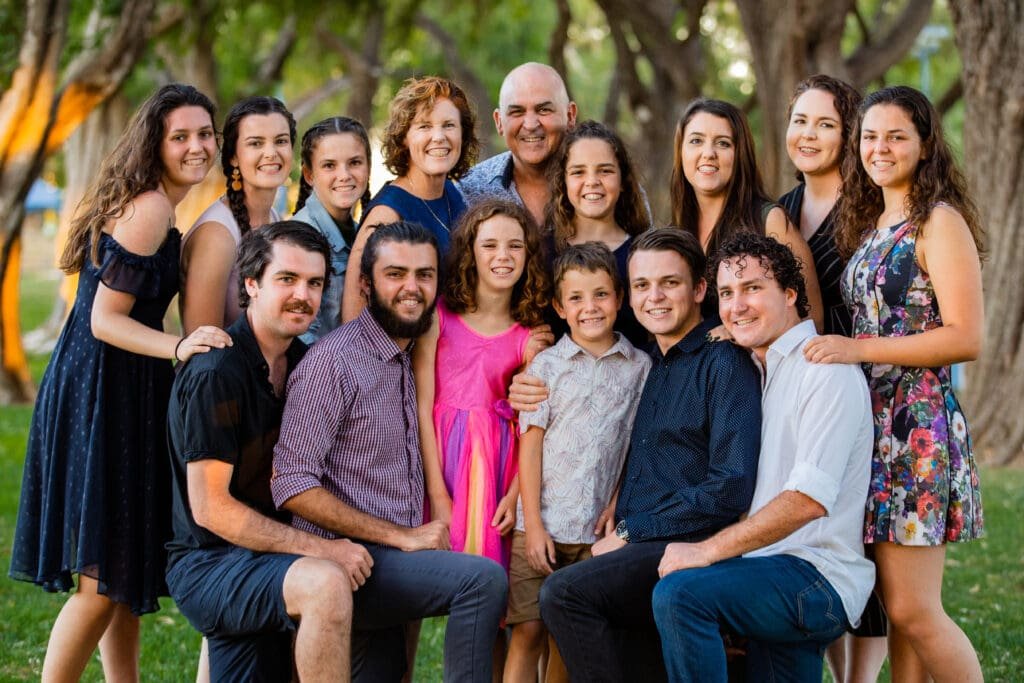
Implementation Initiatives
These solutions will be implemented through 10 developed initiatives, each with actions, timelines, benefits, and challenges identified in the strategic

Our motivations are best encapsulated in the story of Leo Harris. Leo was a hard working, ordinary, every-day Australian. At the age of 49, Leo was diagnosed with Non-Hodgkins Lymphoma, a type of blood cancer. Being the fit and healthy man he was, coupled with an early detection and with three different treatment types being available, things looked positive. Sadly, however, while there were great initial results, each treatment ended in a relapse. After the third treatment, his personal doctor, one of the best in the country, had to break the tragic news to him – “Leo, I’m very sorry, but you have 9-12 months.”
Leo, having a large family of 13 children, a wife and mortgage to support, knew that was not an option. Researching further, he found there were clinical trials being performed over in Philadelphia, USA, on a new cutting-edge treatment. Receiving approval from his Australian doctor, and through a government-funded program, he filled out the hundreds of pages of documentation required. After being signed-off by the Federal Health Minister in Canberra. He then embarked on a journey to the other side of the world to receive life-saving treatment.
Leo’s story is not an isolated one. Each year thousands of West Australians, and tens of thousands of Australians, are diagnosed with cancer. While some are fortunate and recover, there are still a large number who don’t. Not many are fortunate enough to find and access new treatment programs overseas like Leo did, however, it begets the question: Why, with all our talent, with all our resources, and with all our wealth, why the bloody hell does someone have to travel to the other side of the world to get life-saving treatment?
This is why we exist as an organisation today: to ensure that no Australian has to ever go through the same process as Leo. We want to bring the world’s best treatments to Western Australia, to ensure that others are able to receive treatment with their family and loved ones around them; to ensure that people in regional areas only have to travel to the big smoke of Perth.


This is me and my families story.
I’m James Harris and my lived experience with my father’s cancer was a call to action to start the Centre for Advanced Technologies in Cancer Research (CATCR). I believe that all West Australians with cancer should be able to access the very best treatment in the world and my team and I are committed to making this a reality.
Now, what makes me the man for the job? I’m a seasoned corporate professional, having negotiated over three billion in global commercial agreements for large multi-national organisations. I’ve also got a Master’s degree in Medical Physics, which gives me a unique skill set in business know-how and cancer research. However, what matters most, is that I’m just your everyday bloke that you’ll see down at the pub, who wants to see positive change in his community.
So, with your help, I’m going to bring the public, government and corporations to the table: to find A Cure for Everyone

CATCR is a virtual research center in Western Australia that focuses on finding new and better ways to treat and detect cancer. We want to be a leader in cancer research worldwide. CATCR prioritises research that helps real people with cancer by using the latest technology. We work with other research centers and experts to find better solutions. CATCR also teaches people about cancer research, so that more people can learn and help fight cancer.
Lavender is the colour which represents all cancers which reflects the type of research we perform.
To conduct world leading research into advanced cancer technologies here in Australia.
To push the frontiers of cancer research in a direction which is meaningful and translatable to both clinical practice and everyday Australians.
CATCR will bring the world’s best researchers to WA to conduct cutting edge research to improve patient outcomes.
Extensive stakeholder engagement has been performed to obtain an assessment of the current landscape of oncology research and treatment within Western Australia. Engaging over 80 of the leading researchers and clinicians in the field, there were four main themes identified.
A lot of medical research requires several years from study to practical implementation, meaning the path from initial concept to patient application is at times limited.
Unstable and sporadic funding limits the ability of researchers to engage in long-term and strategic initiatives.
Medical staff and the community are often not aware of the latest research and new treatment techniques being developed and as a result, a lot of research remains in academia.
Limited resources and infrastructure to support administration and development of advanced treatment techniques.
Our team has developed a detailed strategic plan to establish one of the world’s leading cancer treatment and research facilities in Perth, Western Australia. This plan will be implemented across 10 initiatives and three phases.

These solutions will be implemented through 10 developed initiatives, each with actions, timelines, benefits, and challenges identified in the strategic

Phase One represents the actions within each initiative which we will aim to complete within the next 12-18 months’ timeframe.

Phase Two represents the actions within each initiative which we will aim to complete within the next 2-5 years’. Advanced

Phase Three represents the longer-term actions which are expected to take 10-15 years to complete. Advanced Research Department: Establish an